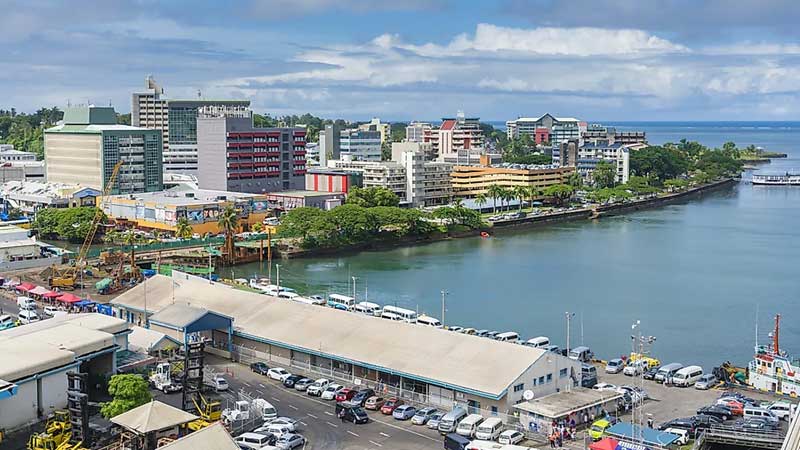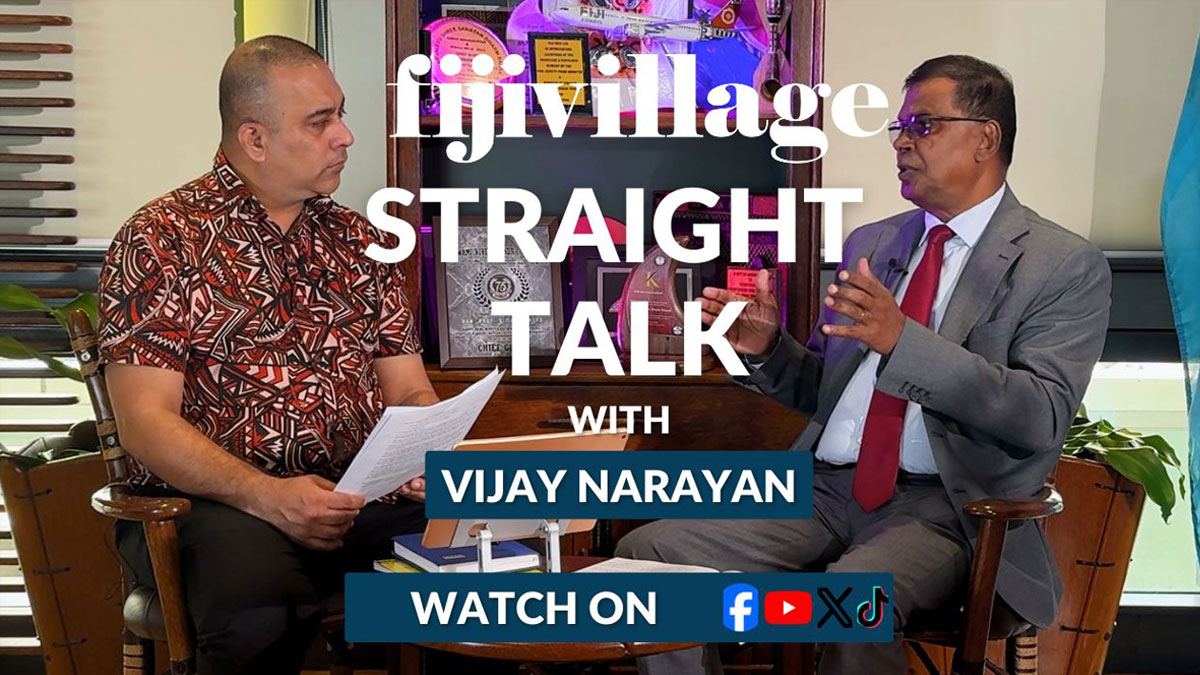
The Fiji Bureau of Statistics 2019-20 Household Income and Expenditure Survey confirms that three out of ten Fijians were living in poverty in 2019-2020, with rural poverty still much higher than urban poverty.
Based on the Household Income and Expenditure Survey, 29.9% of Fijians, or about 258,000 individuals in 45,724 households, lived under the Basic Needs Poverty Line of $41.91 per adult equivalent per week.
The bureau says poverty was higher in rural areas standing at 41.5% than urban areas at 20.4%, with 62.2% of the poor living in rural areas.
Poverty also varied by education and labour market characteristics of the household.
Households whose head had higher levels of education had lower poverty rates, although the returns to education were much lower in rural areas than in urban areas.
Poverty rates were also lowest among households whose heads were employers or involved in salaried work, particularly outside of the agriculture industry.
The bureau says three distinct groups of poor emerge from the data, each with their own challenges and policy needs.
The first group is the urban poor, whose primary needs are improved education and skills in order to access productive jobs. The second group is the rural poor in Eastern and Northern division, who are the most multi-dimensionally deprived, lacking access to basic needs such as grid electricity and piped water. This second group also suffer from lack of access to skilled jobs, which means the returns to education are much lower.
The third group is the rural poor in Western and Central divisions, who are somewhat in the middle of the first two groups: having better access to public services due to being located on the main island of Viti Levu, but still predominantly agricultural, with many working in the low wage jobs such as farm labourers and cane cutters.
The Fiji Bureau of Statistics says food poverty in Fiji is rare in national terms, but still prevalent in some areas.
The food poverty estimates based on the food poverty line of $1,335.36 per adult equivalent per year or $25.68, was 6.4% for 2019-2020.
The prevalence of food poverty was much higher in rural areas standing at 11.1%, while 2.6% in urban areas and was more prevalent in the Eastern division at 13.7% than elsewhere.
Food poverty measures the cost of buying a balanced diet that provides 2,228 calories per adult equivalent per day.
Also in 2019-2020, three out of every ten adults and children or 30% were multidimensionally poor – they lived on low incomes and were deprived of essential things that they needed.
Over a quarter of a million people (256,000) in Fiji are multidimensionally poor. Multidimensional poverty rates in rural areas stand at 38%, which is higher than in urban areas of Fiji which stand at 23 %.
Stay tuned for the latest news on our radio stations

